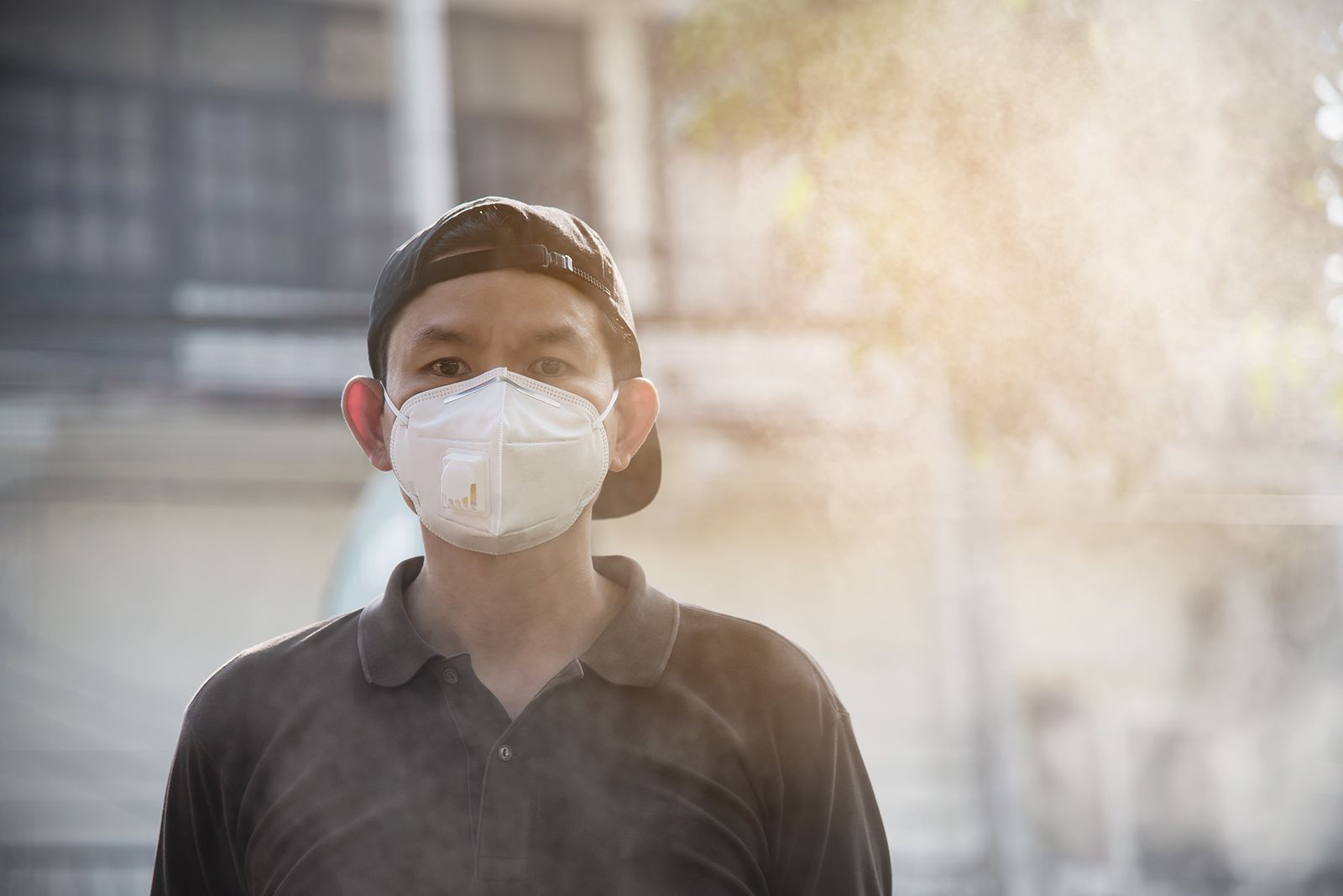The campaign for cleaner air has been ongoing for years as the world battles air pollution. As the global health crisis continues, studies have been linking the spread of the pandemic with the bad air quality According to research from Harvard University, dirty air makes any virus more lethal.
Working with different sectors, the World Green Building Council (WGBC) has long been combatting global air pollution by developing and setting standards for buildings and infrastructures. According to the World Green Building Council, now more than ever, green buildings play a very significant role in preventing and controlling viruses within communities and work environments.
The WGBC believe that sustainable buildings and cities are a key part of the solution that ‘reduces both the health and environmental impacts’ of air pollution. The organization has set guidelines on how green buildings can ensure the best indoor air quality within the property’s premises. In fact, one of the categories and criteria for a LEED Certification is indoor air quality.
“Indoor air quality is one of the important criteria of LEED. It focuses on designing the ventilation and air-conditioning system to provide clean air into the building,” Michael Glindro, LEED AP BD+C said. “One of the ways to improve indoor air quality is to install high-MERV filters to reduce indoor air pollutants. This criterion focuses on the People aspect of the triple bottom line of LEED; People, Planet, Profit.

LEED-certified buildings, like JEG Tower, were designed, constructed, and operates to high standards for health and cleanliness, they reduce the risk of exposing its tenants to infection, effectively preventing the spread of the virus within the building.
USGBC requires green buildings to control the collusion of air and pollutants as well as the exhaust backflow of kitchens and bathrooms. Green buildings are also designed to set up effective water seals to reduce the risk of virus transmission through drainage pipes, optimizes the building space and plane layout to enhance the effectiveness of natural ventilation. Green buildings can also regulate and control air conditioning systems by zones and have a well-designed site wind environment for the dissipation of viruses and harmful gases.
RELATED: In Focus: Cebu to Launch its first Sustainable ‘Smart Building’ Soon
As regulated by the WGBC, green buildings are designed to regulate the water and air quality, fitness and antibacterial function building materials to promote occupant’s health to reduce the risk of getting the disease and enhance the ability to resist viruses.
JEG Tower in Cebu uplifts the health and wellness of its tenants. Committed to revolutionizing work and life balance, the building has designed office spaces to maximize the use of natural daylight, allow better airflow within the space, and organize initiatives to encourage healthier living for everyone.
RELATED: JEG Tower @One Acacia: Bring Work to Life this 2020
Aside from protecting its tenants from virus cross-infection and improving their health, better indoor air quality also upgrades the working environment for office buildings.
“Improving indoor air quality has been shown to increase business productivity through being a factor in reducing absenteeism due to health issues,” Glindro said. “After all, we do spend a majority of our day in the office so taking steps into creating a healthy work environment will benefit the triple bottom line.”
Premium green buildings emphasize the importance of uplifting the quality of life of its tenants by ensuring that the highest standards for health and safety are observed and followed.






